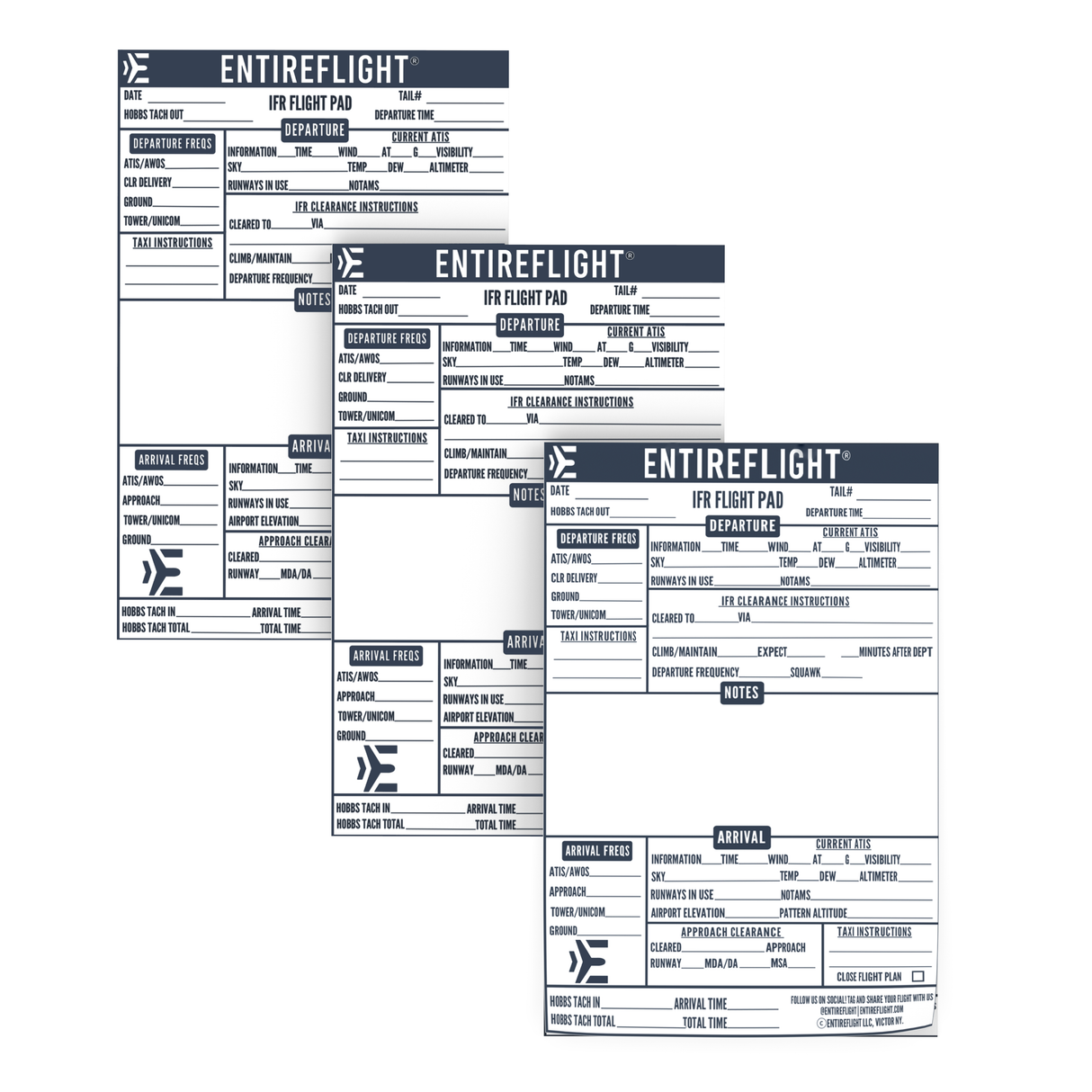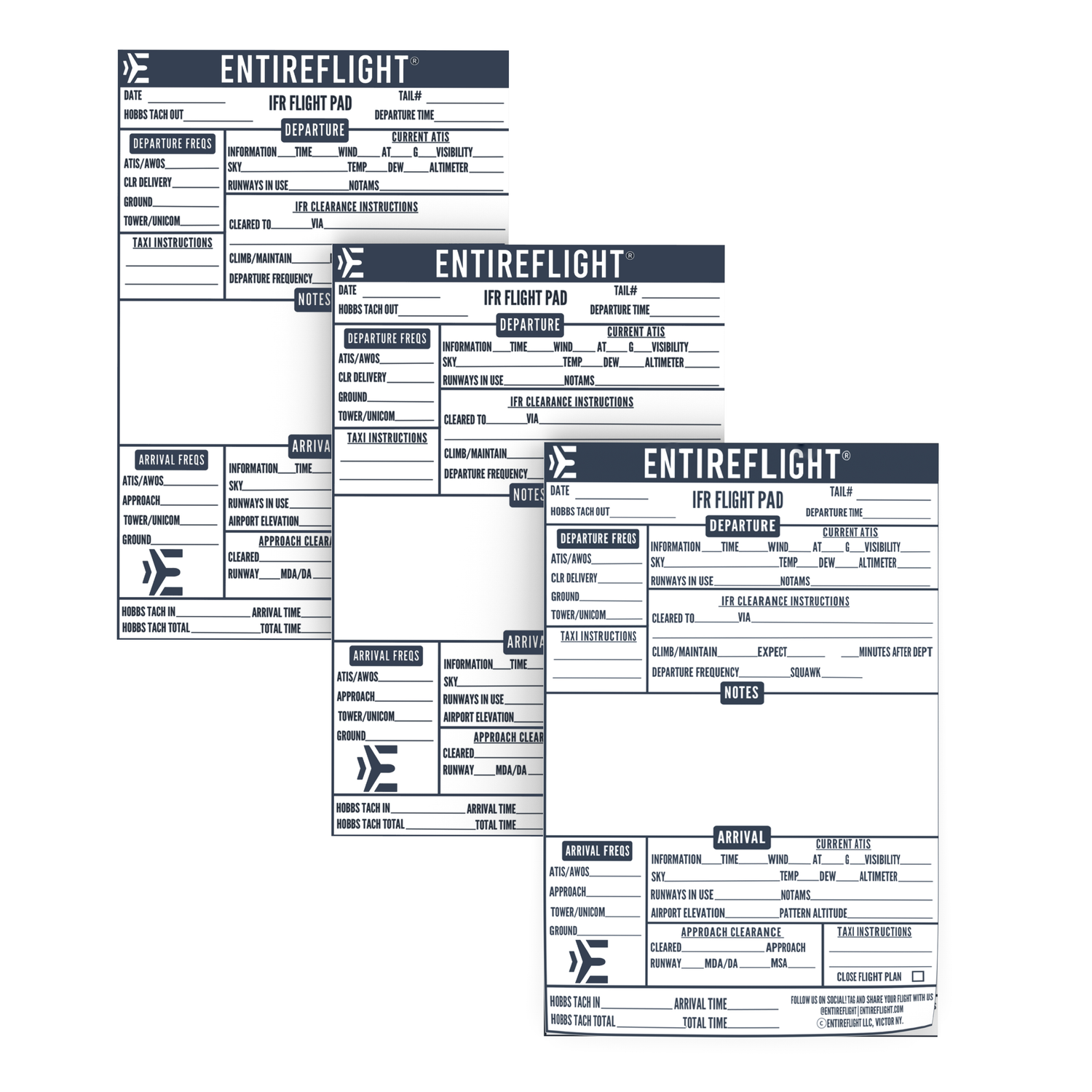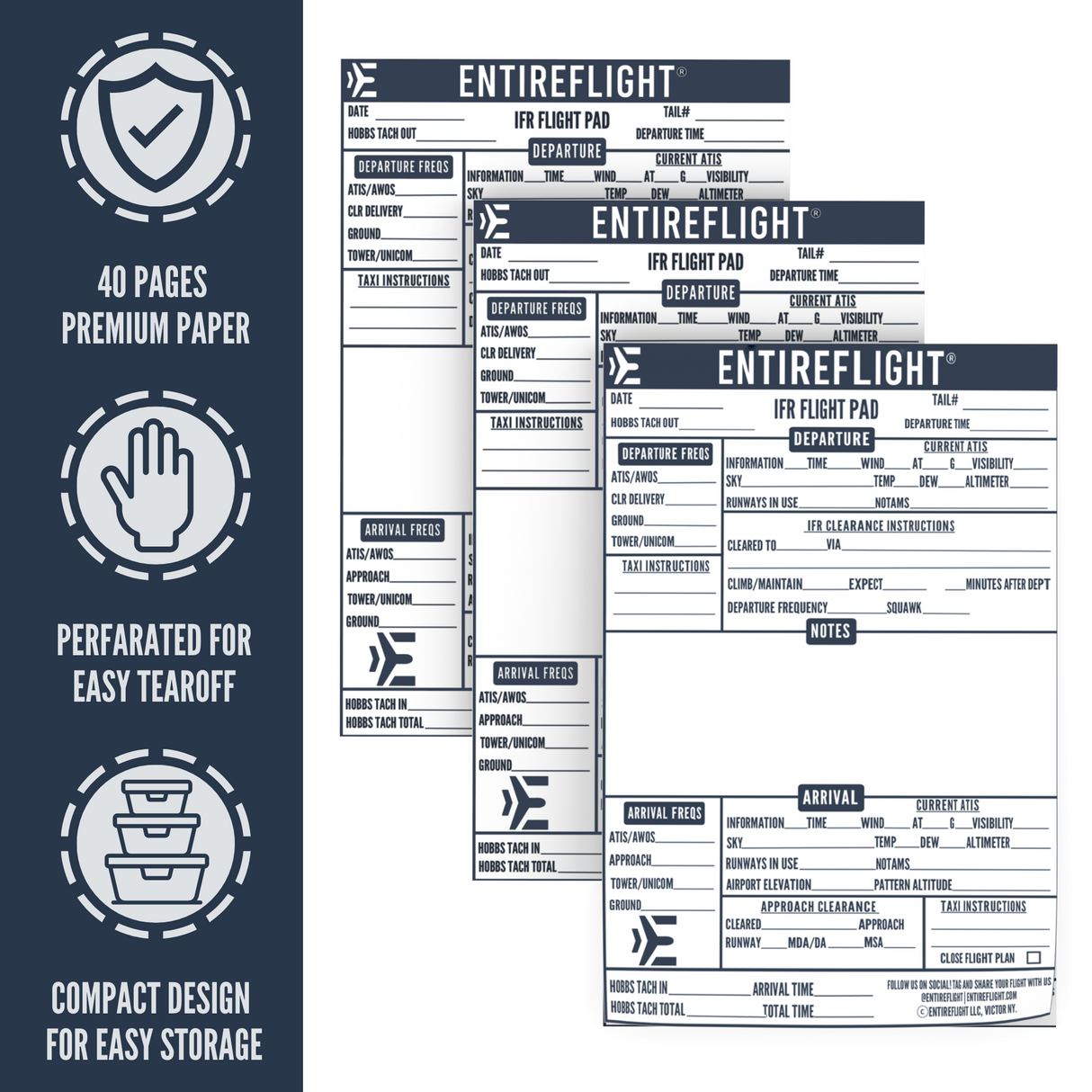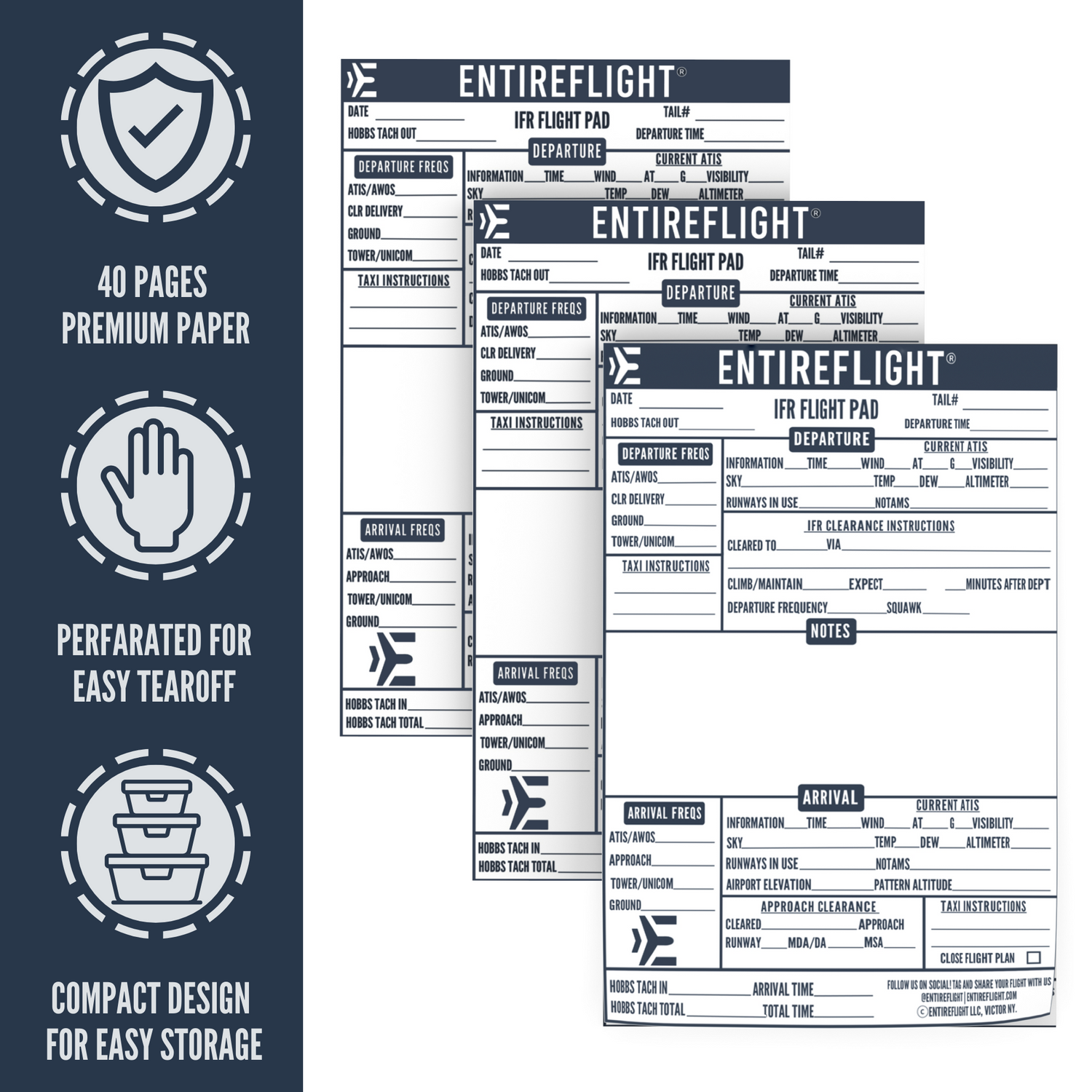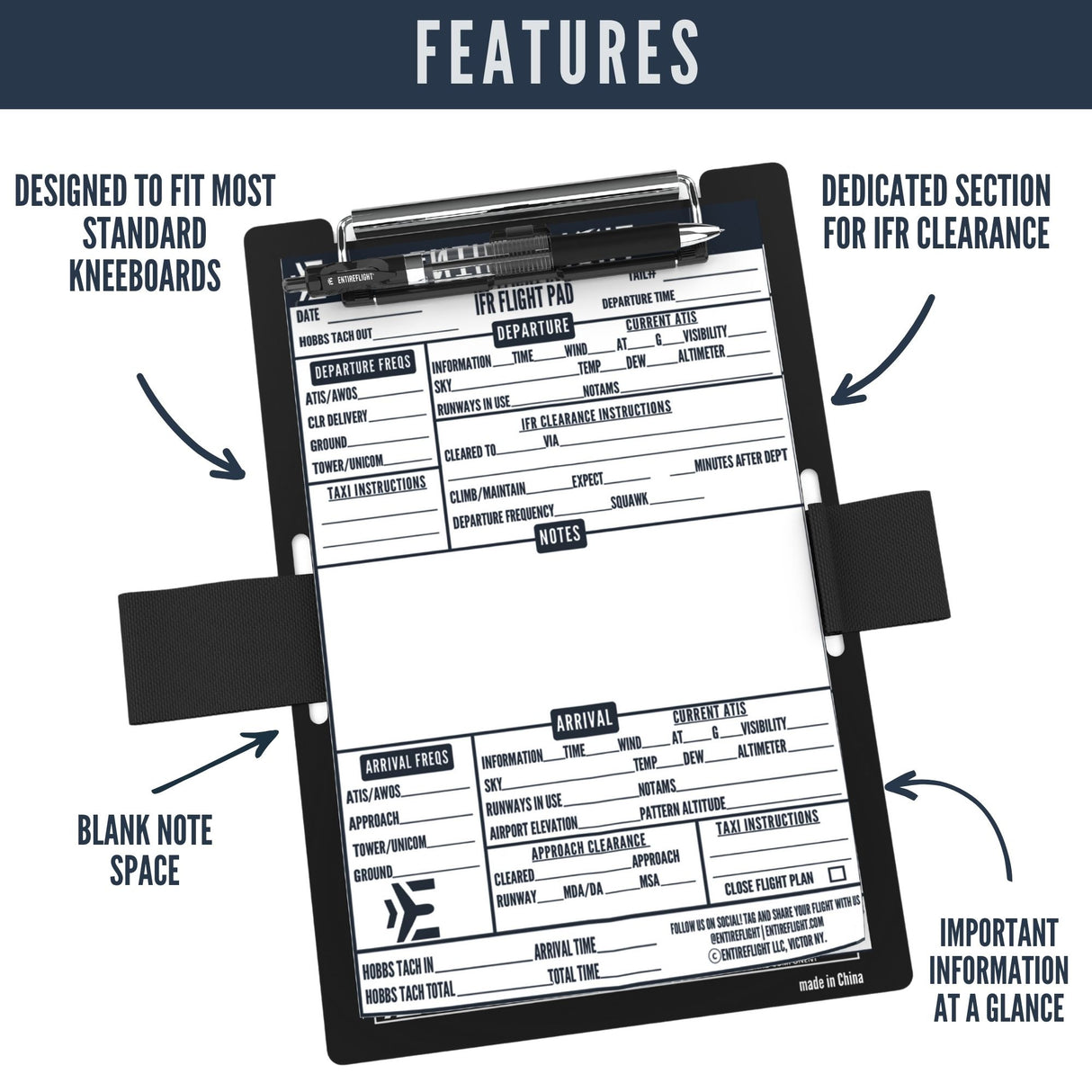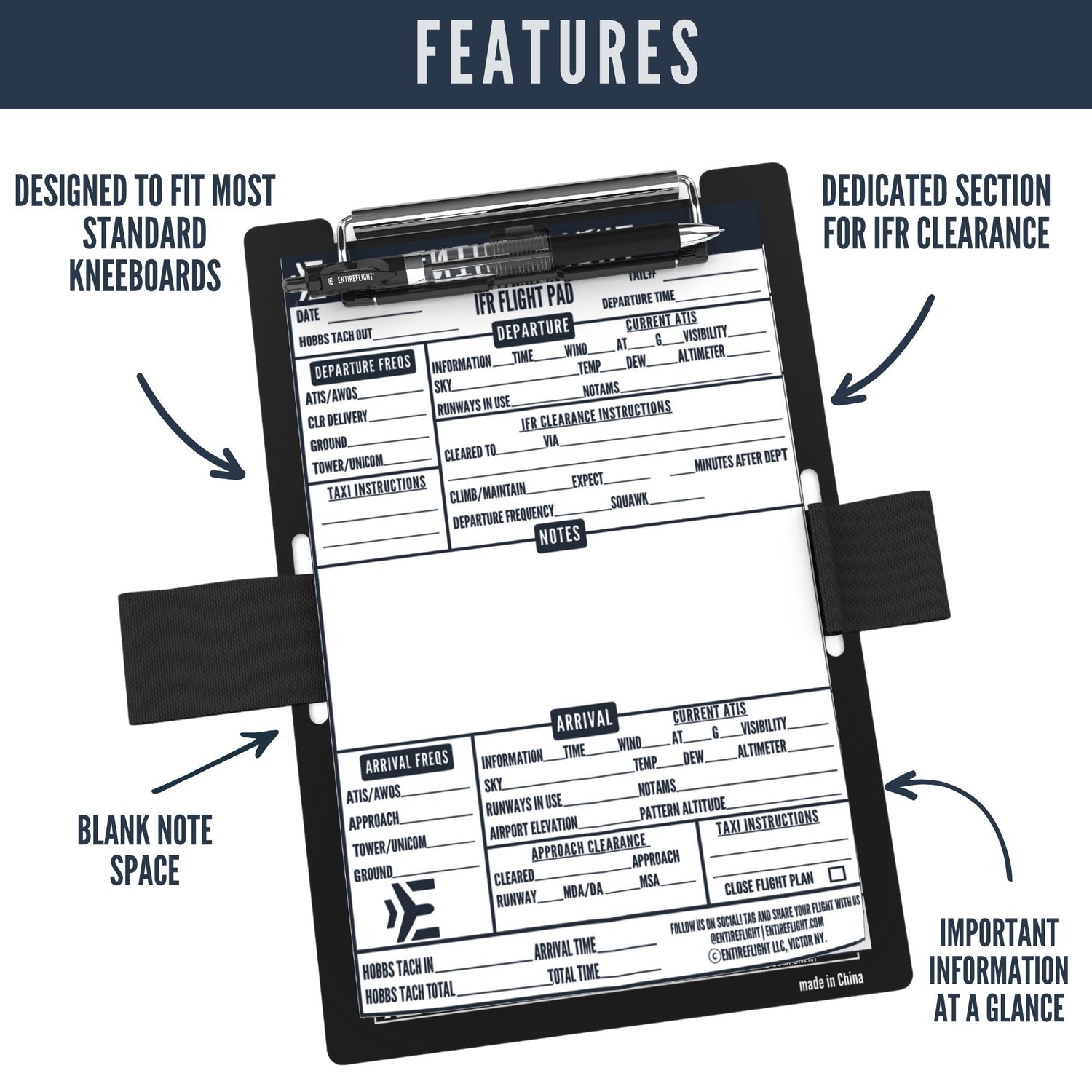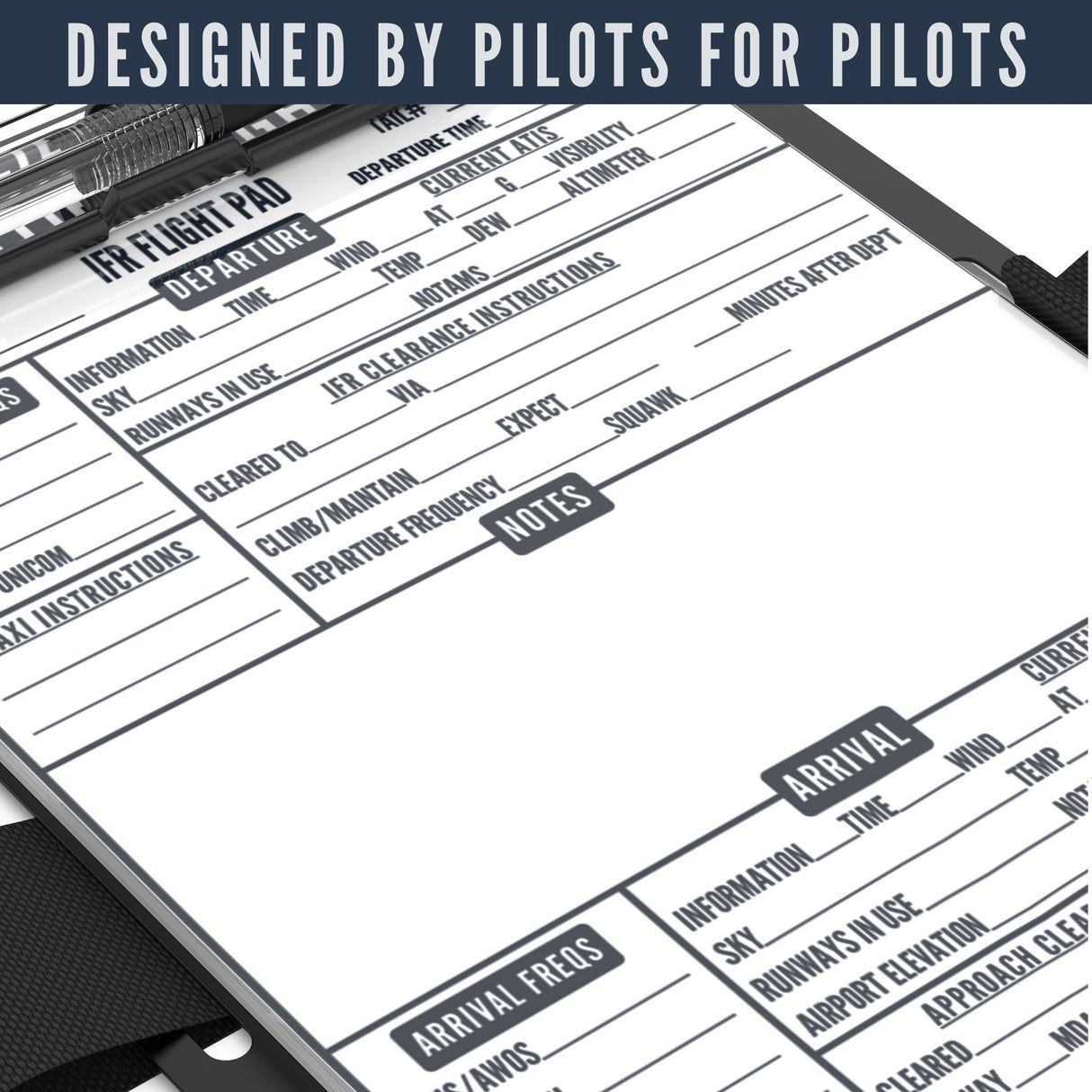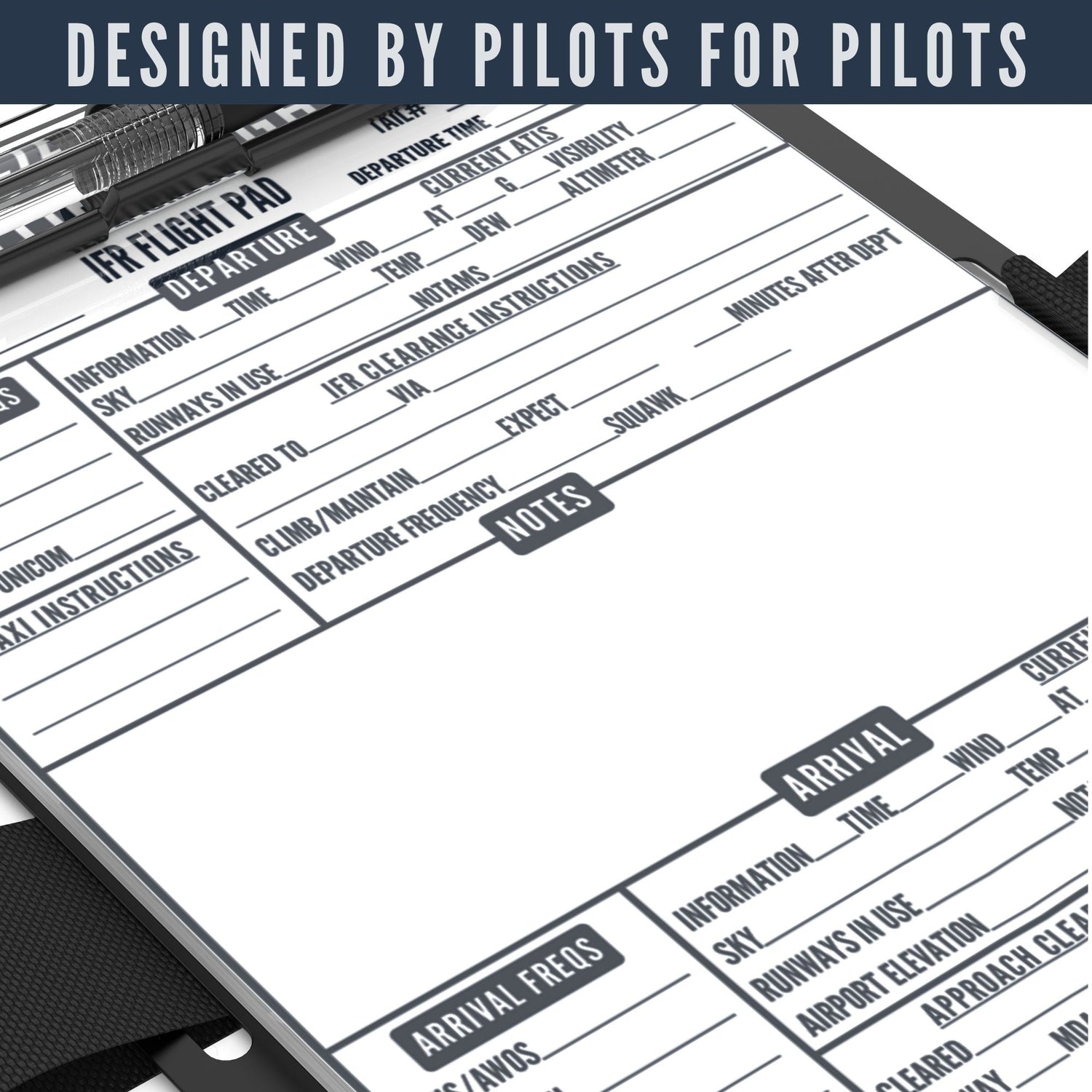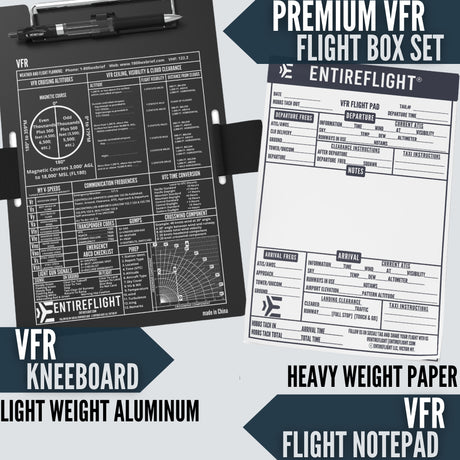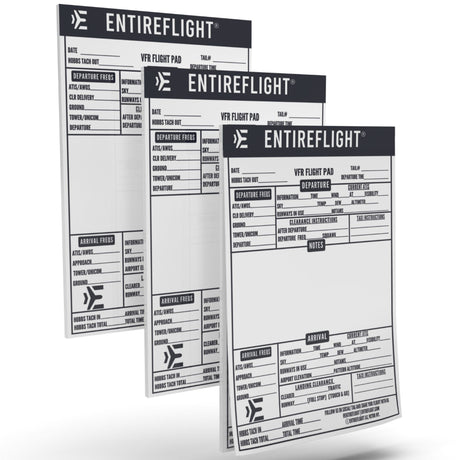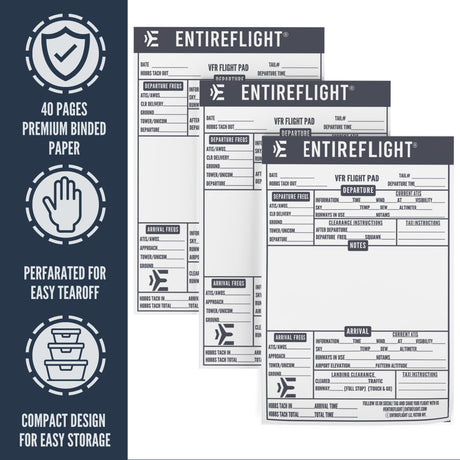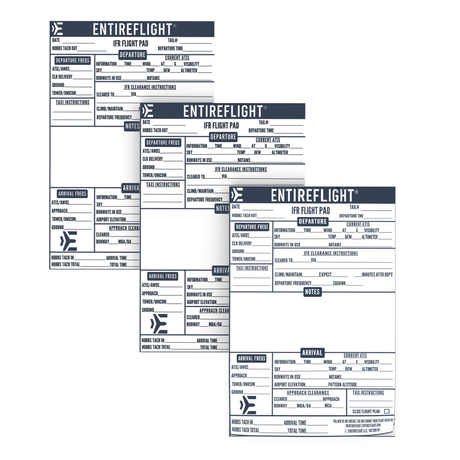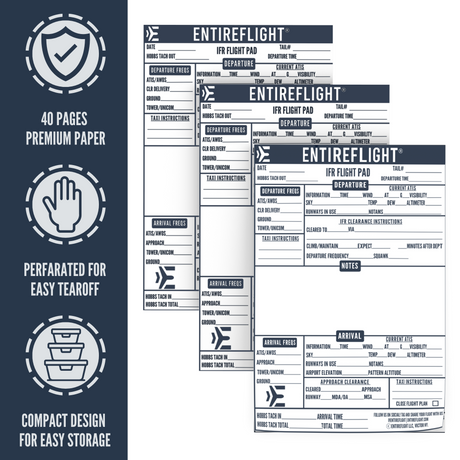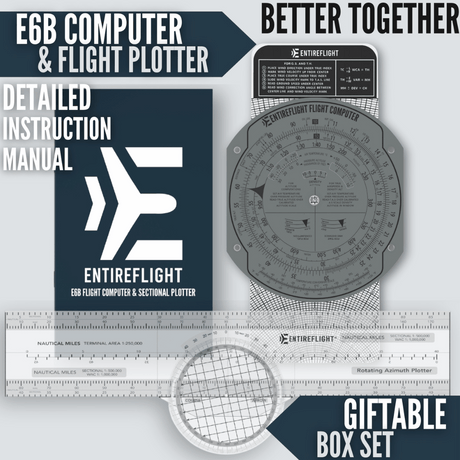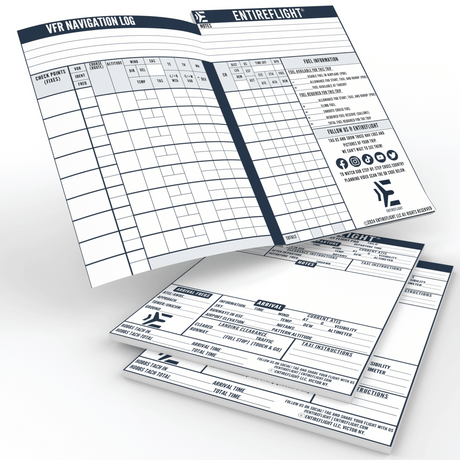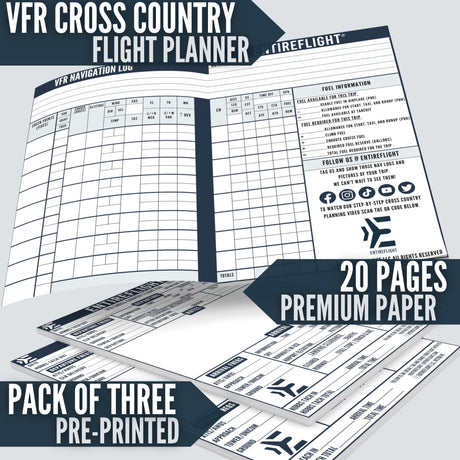Just started your journey into aviation and feeling overwhelmed by the unique language of the sky? You're not alone. Did you know that pilots globally use standardized aviation language to communicate effectively irrespective of their native tongue?
This article will guide you through understanding the major aspects of this critical lingo including its importance, a detailed look at the phonetic alphabet, typical aviation terms, and their practical application.
Ready for takeoff? Your flight toward mastering pilot communication starts now!
Key Takeaways
- Aviation language is crucial for clear communication, standardized terminology, and ensuring safety and efficiency in the aviation industry.
- The phonetic alphabet provides a standardized way for pilots to communicate letters over the radio, eliminating confusion and improving communication between pilots and air traffic controllers.
- Commonly used aviation lingo includes phrases like "Roger" and "Wilco" to indicate understanding and compliance with instructions, as well as emergency phrases like "Mayday" and "Pan-Pan" to signal urgent situations.
The Importance of Aviation Language
Aviation language is crucial for clear communication in the air, standardized terminology, and ensuring safety and efficiency in the aviation industry.
Clear communication in the air
In the bustling airspace, clear communication is paramount. Pilots use precise language to relay important flight information quickly and accurately. This specific aviation lingo helps avoid confusion or misinterpretations that could lead to endangering lives.
It's not just about speaking clearly, but also knowing the right terms to use at any given moment during a flight. From takeoffs and landings to communicating with air traffic control, every word matters in maintaining safety and efficiency up in the sky.
Standardized terminology
Pilots and air traffic controllers need to understand each other quickly and accurately to ensure safe flights. That's where standardized terminology comes in.
By using a set of agreed-upon words and phrases, everyone involved in aviation can speak the same language. This helps to eliminate confusion, minimize errors, and improve overall efficiency.
Whether it's discussing runway assignments or reporting engine malfunctions, standardized terminology plays a crucial role in maintaining safety and smooth operations throughout the aviation industry.
Safety and efficiency
Pilots must prioritize safety and efficiency to ensure smooth and secure flights.
By using standardized aviation language, pilots can communicate clearly with air traffic control and other flight crew members, minimizing the risk of misunderstandings or errors.
The phonetic alphabet plays a crucial role in this communication process, providing a clear and concise way to pronounce letters and words over radio transmissions. This level of precision helps maintain efficient operations on the ground and in the air, allowing for quick decision-making and enhanced safety measures throughout every flight.
Understanding the Phonetic Alphabet
The phonetic alphabet is an essential tool for pilots, as it provides a standardized way to communicate letters over the radio.
Purpose and history
The Phonetic Alphabet is a crucial tool for pilots to communicate effectively and clearly. Its purpose is to eliminate confusion and improve communication between pilots, air traffic controllers, and other aviation personnel.
The history of the Phonetic Alphabet dates back to the early days of aviation when radio communications were introduced. It was developed as a standardized way to transmit letters over noisy radio channels without any misunderstandings.
Each letter in the alphabet is represented by a corresponding phonetic word that helps ensure accurate transmission of information. This system has been widely adopted worldwide by the International Civil Aviation Organization (ICAO) and continues to play an essential role in aviation language today.
Phonetic words for each letter
Each letter of the alphabet has its own phonetic word, making it easier for pilots to spell out words, names, and important information over the radio.
For example, instead of saying "B," which can easily be misunderstood as "D" or "E," pilots say "Bravo." This ensures that there is no confusion when communicating critical details like flight numbers or weather conditions.
By learning and using the phonetic words for each letter, you will be able to communicate effectively with air traffic control and other pilots, promoting safety and efficiency in the aviation industry.
Commonly Used Aviation Lingo
Some commonly used aviation lingo includes phrases like "Roger" and "Wilco," which indicate understanding and compliance with instructions.
"Roger" and "Wilco"
When communicating with air traffic control, pilots use specific phrases and terminology to ensure clear and efficient communication. Two commonly used phrases are "Roger" and "Wilco." The term "Roger" is used to acknowledge a message or instruction received from air traffic control.
It simply means that the pilot has understood the information provided. On the other hand, "Wilco," short for "will comply," is used to indicate not only understanding but also agreement and intention to carry out the instructions given by air traffic control.
These phrases help maintain effective communication between pilots and controllers, ensuring smooth operations in the skies.
"Mayday" and "Pan-Pan"
In emergency situations, pilots use specific phrases to alert air traffic control and other aircraft about the severity of their situation. Two important phrases you should know are "Mayday" and "Pan-Pan." When a pilot says "Mayday," it means they are in a life-threatening situation and need immediate assistance.
On the other hand, when a pilot says "Pan-Pan," it indicates an urgent situation that is not immediately life-threatening but still requires attention. Knowing these phrases can help you communicate effectively in times of trouble and ensure your safety in the air.
"Taxi" and "Hold Short"
When it comes to aviation communication, two phrases that you need to be familiar with as a pilot are "taxi" and "hold short." These phrases play a crucial role in ensuring safe and efficient operations on the ground.
The term "taxi" is used when requesting permission from air traffic control to move the aircraft on the ground. It is important to communicate clearly when using this phrase, as it indicates your intention to navigate along taxiways and across runways.By stating "taxi," you are informing air traffic control of your position and movement, allowing them to provide guidance and maintain overall safety.
On the other hand, the phrase "hold short" is used when instructed by air traffic control to remain at a specific point on the runway or taxiway. This instruction ensures that you do not cross into active areas where other aircraft may be taking off or landing.
When given this command, it is essential for pilots to follow it precisely until further instructions are given.
Practical Applications for Pilots
Communicating effectively with air traffic control, reading navigational charts, and knowing emergency protocols are just some of the practical applications that pilots use their understanding of aviation language and the phonetic alphabet for.
Keep reading to learn more about these essential skills for pilots.
Communication with air traffic control
As a pilot, effective communication with air traffic control (ATC) is crucial for safe and efficient flight operations. When communicating with ATC, you must use concise and clear language to convey important information about your aircraft's position, altitude, intentions, and any potential hazards.
ATC will provide instructions or guidance based on this information to ensure the orderly flow of air traffic. It is important to listen carefully and respond promptly using proper phraseology and procedures as directed by ATC.
By maintaining good communication with ATC, you can enhance safety in the skies and contribute to a smooth and coordinated aviation system.
Reading and understanding navigational charts
Navigational charts are essential tools for pilots to navigate through the skies. These charts provide detailed information about airways, airports, airspace boundaries, and other important landmarks.
By understanding these charts, you can easily plan your flight route and ensure a smooth journey. Symbols and colors on the chart will give you valuable information such as communication frequencies, altitude restrictions, and prohibited areas.
So take the time to familiarize yourself with these navigational charts to enhance your flying skills and make your flights safer and more efficient.
Emergency protocols and procedures
During your training as a pilot, you will learn about emergency protocols and procedures. These are essential for ensuring safety in critical situations. You will be taught how to respond quickly and effectively to emergencies such as engine failure, fires, or loss of cabin pressure.
Emergency procedures are designed to help you remain calm under pressure and take the necessary actions to protect yourself and your passengers. By following these protocols, you'll be prepared to handle any unexpected situation that may arise while flying.
Understanding emergency protocols also means knowing how to communicate with air traffic control during an emergency. You'll learn specific phrases and codes that are used in these situations, allowing you to convey important information clearly and concisely.
Additionally, understanding emergency procedures will give you the confidence to make quick decisions when time is of the essence. By practicing these protocols regularly during your training, they will become second nature so that if an emergency does occur, you'll know exactly what steps need to be taken without hesitation.
Conclusion
Mastering aviation language and the phonetic alphabet is crucial for every pilot. It ensures clear communication in the air, enhances safety and efficiency, and promotes standardized terminology.
By understanding commonly used aviation lingo and practical applications of this knowledge, you'll be able to communicate effectively with air traffic control, interpret navigational charts, and handle emergency situations confidently.
So dive into the world of aviation language – it's an essential skill that will elevate your piloting abilities.
FAQs
1 - What is the language of aviation?
The language of aviation refers to a specialized set of vocabulary and code, including pilot speak, Morse code, telephony and phonetic pronunciation that pilots use for communication.
2 - Why is understanding the importance of aviation language integral for pilots?
Understanding aviation terminology is key for pilots because accurate pronunciation during cockpit communication can help prevent misunderstandings or accidents.
3 - How does learning the phonetic alphabet benefit potential pilots in training?
Pilot training includes mastering the phonetic pronunciation of alphabet letters known as the 'aviation alphabet'. This helps ensure clear pilot communications worldwide.
4 - Is Morse code still relevant in modern aviation?
Yes! Despite many advancements in technology, Morse code remains an essential part of pilot speak and serves as a universal method of communication among aviators.
5 - Can you provide me examples from the Aviation Language Code?
Sure! Examples from the Aviation Language Code include phrases like "Alpha" for A, "Bravo" for B-"Charlie" for C used by Pilots to avoid miscommunication during flight.

